Popular games for franchise Samurai Shodown
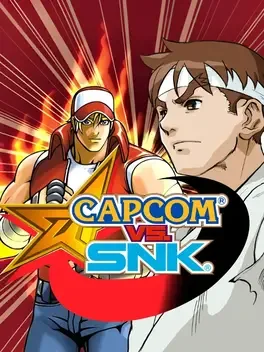
Two of the worlds greatest arcade fighter developers, Capcom and SNK, join forces to finally answer the question asked by many for years: Who is the dominant fighter? A range of fighters from both worlds are available to choose from, with two different fighting styles (Capcom and SNK, of course) meaning that players of both worlds can fit into the game easily, while new gamers can try Ryu using the SNK format.
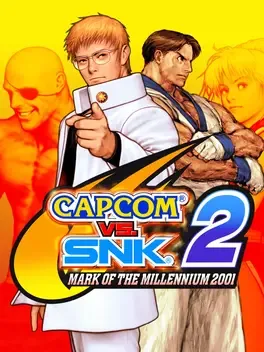
Capcom vs. SNK 2: Mark of the Millennium 2001 (Millionaire Fighting 2001 in Japan) is the sequel to the fighting game Capcom vs SNK, and the sixth game in the Capcom's VS. Series. This game was released on Sega NAOMI hardware in the arcade. It was later released for the Sega Dreamcast (Japan only) PlayStation 2 and Playstation 3 (as a Playstation 2 Classics title in the PlayStation Network), with the GameCube and Xbox receiving an updated version called Capcom vs. SNK 2 EO.
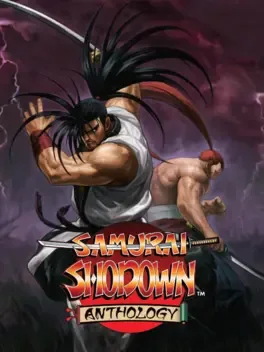
A compilation of games from the great SNK weapon-based fighting series, Samurai Shodown. Celebrate the history of Samurai Shodown Anthology by battling as one of the greatest Samurai of all time. Seven separate adventures that span across the life of the franchise in this incredible collection. The complete collection of the SAMURAI SHODOWN series contains seven games: Samurai Shodown, I, II, III, IV, V, V Special and VI.
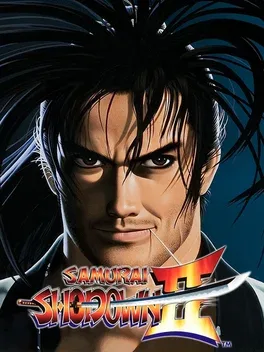
One of SNK's legendary fighting game series has made a return! In Samurai Shodown II, you can take on one of the roles of 15 warriors as you fight your way through the land to defeat the evil Mizuki! Slash, kick, and slice your opponents in half...do whatever it takes...live by the sword, and die by its blade.
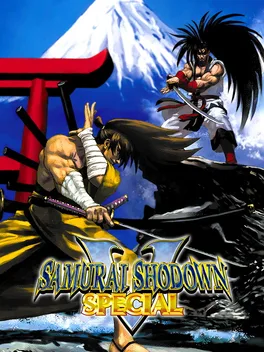
An ordained meeting of 28 fierce warriors begins, to precede a series of duels to the death. These individuals entrust their fates to their skill and their weapons. For those not up to the task, a cherished end in battle is their only hope. The twenty-eight Samurai characters clash in one epic title. Samurai Shodown V Special was the final release for the Neo Geo. The most iconic addition to this entry in the series is the inclusion of character specific “Overkill Moves”, which can be used to finish off an opponent with style.
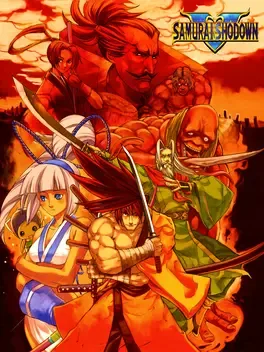
Samurai Shodown V brings back the classic side-scrolling action with a completely new storyline, new characters and new moves. A samurai's quest to prove himself against the Shogun leads to a gathering of the world's greatest warriors to compete for the right to be named the greatest.
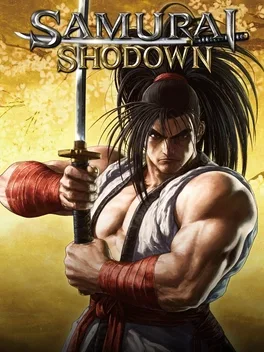
"A brand new title from SNK! A new Samurai Shodown is on the horizon! Since its birth in 1993, the Samurai Shodown series has been known as the premier weapon based versus fighting games, and was essential in cultivating the weapon based fighting game genre. As the first new release in the series in more than 10 years, Samurai Shodown is aiming to yet again push boundaries and deliver some serious samurai action! Developed using Unreal Engine 4 and utilizing a unique brushstroke graphical style to match the Japanese roots of the series, Haohmaru, Nakoruru, Galford and a whole cast of other popular characters will battle once again for victory!"
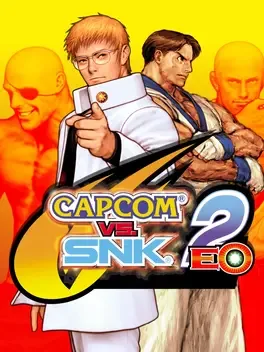
Capcom vs. SNK 2 EO is the same game but with minor changes in gameplay and the inclusion of an EO ("Easy Operation") system that allows the player to perform specific attacks by simply moving the right analog stick in a certain direction. Like all other home versions of the game, CvS2: EO also contains four bonus characters: Evil Ryu, Orochi Iori, Shin Akuma (Shin Gouki in Japan), and Ultimate Rugal (God Rugal in Japan), powered-up versions of four regular characters. Before selecting a team, the game offers a selection of "Grooves", which change the way the game is played, as well as "AC-ism" or "GC-ism" Grooves; GC-ism simplifies the control scheme, originally designed for the GameCube gamepad. In the Xbox version it is called EO-ism. Capcom vs. SNK 2 EO also removed the Roll Cancel glitch that was in the original versions. In addition, the Xbox version of CvS2: EO also included online play for up to two players on Xbox Live as well as progressive-scan (480p) support, which was noticeably absent in the PlayStation 2 version.
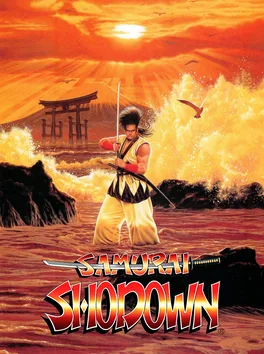
In early Japan, a man named Shiro Tokisada Amakusa preaches a heretic religion. Little does anyone know that Amakusa is really a servant of the evil Ambrosia, who took over Amakusa's body. Ambrosia wishes to shroud the world in darkness. Now, choose between 12 warriors (and 3 bonus characters) to fight for the honor of destroying Amakusa, and fulfilling a mission.
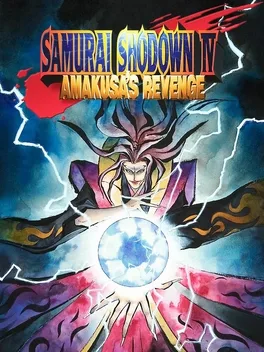
Samurai Shodown IV: Amakusa's Revenge, also known as Samurai Spirits: Amakusa's Descent in Japan, is the fourth in SNK's flagship Samurai Shodown series of fighting games. Chronologically, it is the second and final chapter of a story between Samurai Shodown and Samurai Shodown II, with Samurai Shodown III being the first chapter.
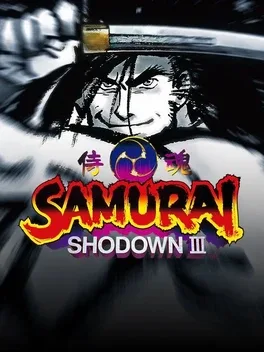
Samurai Shodown III was to be the start of a bold new direction for the franchise. The most obvious difference between this game and the others in the series is the notably darker aesthetic. The more light-hearted characters (Earthquake, Cham Cham, and Gen-an to name a few) from the previous games have been excised, and even the kabuki master, Kyoshiro Senryo, received a redesign, transforming him from a flamboyant stage performer into a grim-faced, muscular man. All of the characters have been completely redrawn. The animation is very smooth for all characters, another departure from the graphical style of the second game.
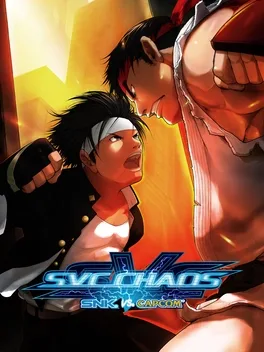
SNK vs. Capcom: SVC Chaos primarily utilizes the command system of The King of Fighters series, incorporating light/strong kicks, punches, cancels and charging attacks. Unlike its predecessor, Capcom vs. SNK 2, this game lacks both air guards and a "groove system", instead focusing on quicker gameplay. Characters are provided with a basic 3-level bar system for executing super-special attacks with basic filling options attributed to strikes and damage. Additionally, the sprites from the various series received new models and some special effects were changed in the command lists (for example, the player cannot increase the damage of the Zujou Sashi used by Choi Bounge by tapping the buttons anymore).
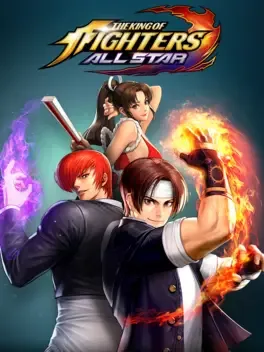
The King of Fighters: All Star is a Netmarble RPG game authorized by SNK, and developed for iOS and Android. This game brings together all the characters of the KOF series, up to The King of Fighters XV.
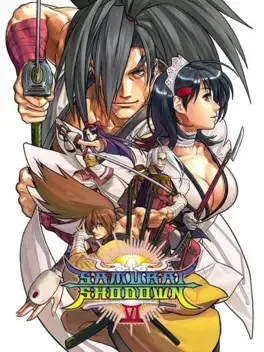
Among other series changes, aerial blocking was removed entirely, and the switch-around move, which enabled a player to shift quickly behind the other's back, as well as the dodge (evade, side-step), in which the move virtually brings a semi-3D environment to the defense in attempt to use each sword more effectively. One can no longer charge one's own "pow" gauge. The off-screen delivery man was omitted entirely from the game. The "CD combo" was added, wherein a player can press the C and D buttons together, triggering a strike that can be followed up by a sequence of button taps. SNK also added a "suicide" move, wherein one's character forfeits the round. The bonus to this is that the one committing suicide will start the next round with a full "POW" gauge. Certain finishes also enable a "fatality" move in the vein of Mortal Kombat.
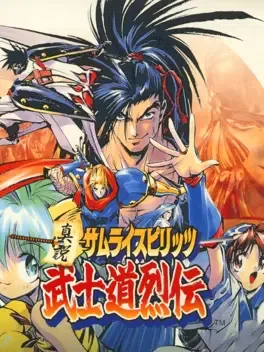
So the story begins ...... It's Eighteen century in Japan, it's a peaceful region. The word "peaceful" are only applied to the social status, not the heart of the human. The greed, like the diseases, is spreading through the human heart. The devil within had awaken. And worse, the devil below is risen......
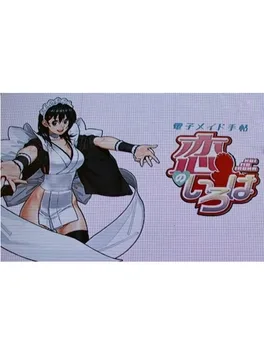
A seemingly cancelled Nintendo DS game developed by SNK Playmore where players would teach and train Iroha from the Samurai Shodown series.
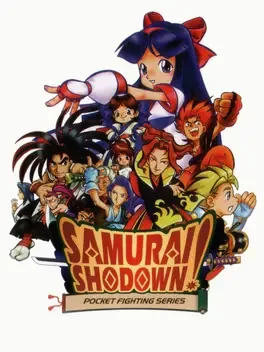
Iza To! En Garde! Dude! Twelve of the mightiest samurai, ninja, knights, and warriors from Japan, France, the United States, and China lock swords in NEO GEO's SAMURAI SHODOWN. With blades, bare knuckles, rage, and various Methods of Mayhem, fight your way to the final battle with Satan's Shogun. Use all powers at your disposal to get a head!
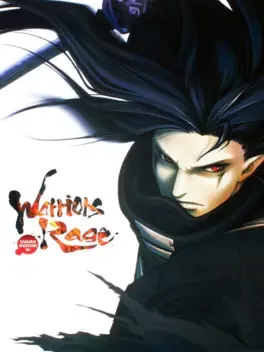
Samurai Shodown 64: Warriors Rage is a 3D fighting game produced by SNK for the Hyper Neo Geo 64 system It's the sixth game in Samurai Shodown series and the eighth in the official chronology (tenth if considered the non-canonical games). It is the followup to the original Samurai Shodown 64 on the same platform, and like its predecessor, it received relatively no distribution outside of Japan. It should not be confused with Samurai Shodown: Warriors Rage, which is an entirely different game. In order to avoid confusion, some sources refer this game as Samurai Shodown 64 II.
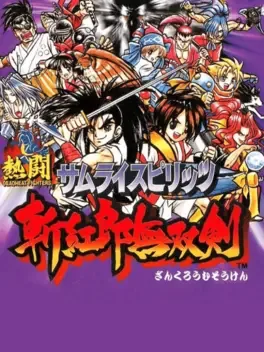
Cut or be cut! The power! The intensity! Samurai 3 is here! Twelve of the ages toughest double-identity warriors! Select personalities from "Chivalry" or "Treachery". Character moves and poses change with the personality you choose.
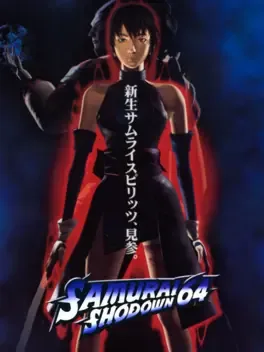
Samurai Shodown 64 is a 3D fighting game produced by SNK for the Hyper Neo Geo 64 system in 1997. It is the fifth game in Samurai Shodown series and the seventh of the official chronology. It was SNK's first attempt to bring one of their franchises into the 3D realm. It received relatively no distribution outside of Japan, and is thus not very well known. After having released two semi-prequels in the Samurai Shodown series on the 16-bit Neo Geo, SNK announced that they would be producing a new arcade hardware platform, this one 64-bit and with extensive 3D capabilities.
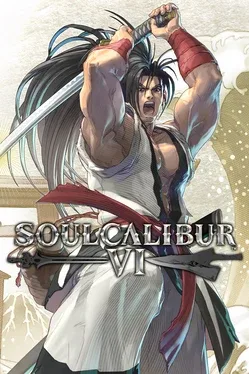
Celebrate 20 years of SOULCALIBUR with an all new playable character: Haohmaru!
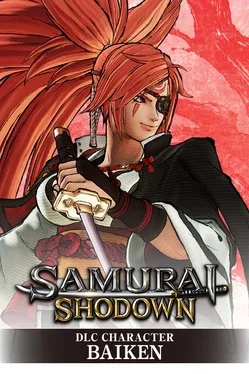
This digital purchase will unlock the Guilty Gear Collaboration DLC character "???" for your copy of SAMURAI SHODOWN.
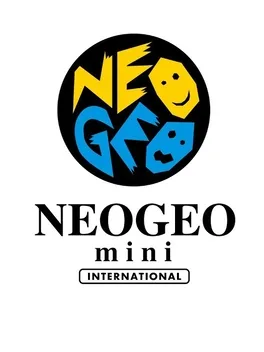
An official SNK emulation system that came with 40 SNK games in the form of a miniature MVS system. Games output at 720p on the built-in screen, and can also be output to a TV through min-HDMI.
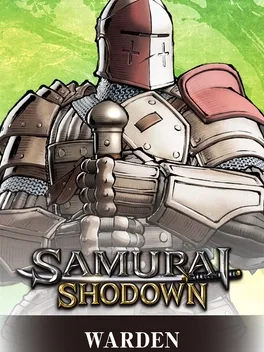
This digital purchase will unlock the DLC character "WARDEN" for your copy of SAMURAI SHODOWN.